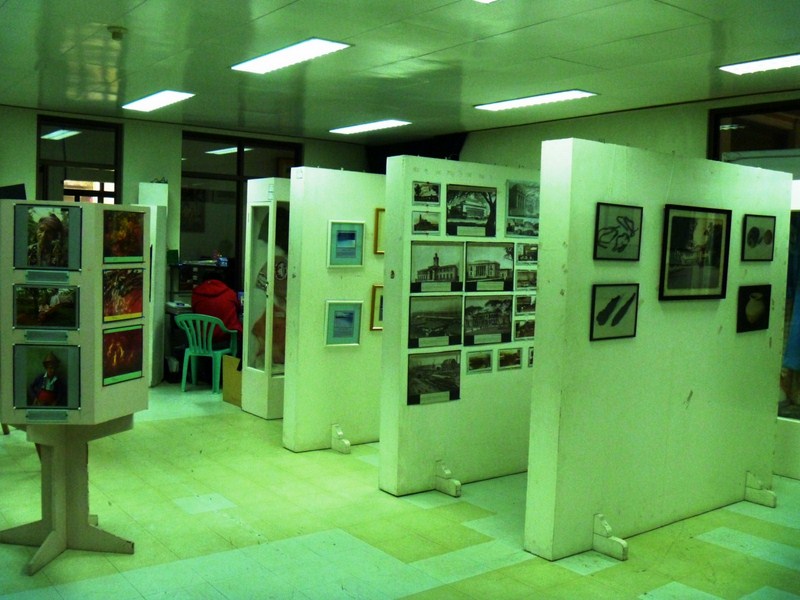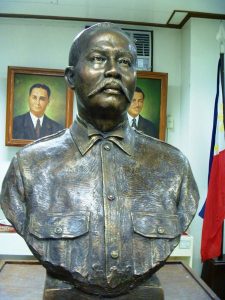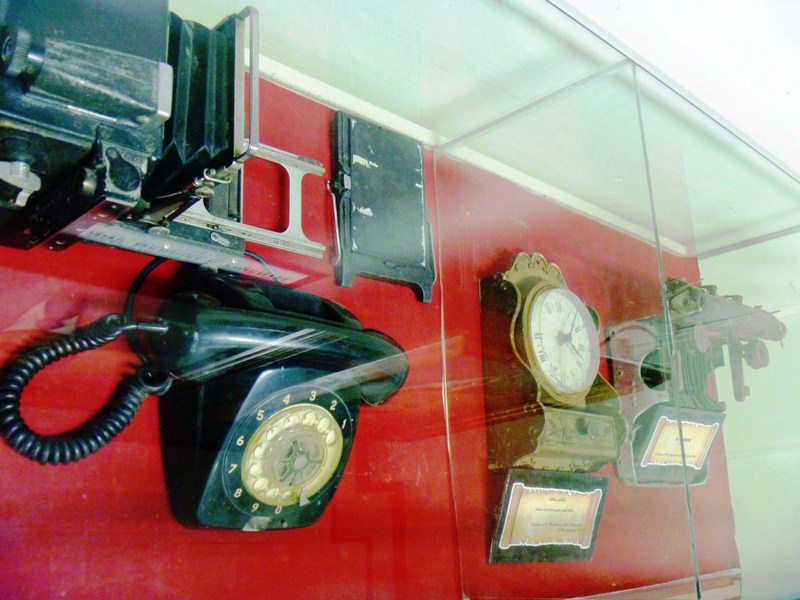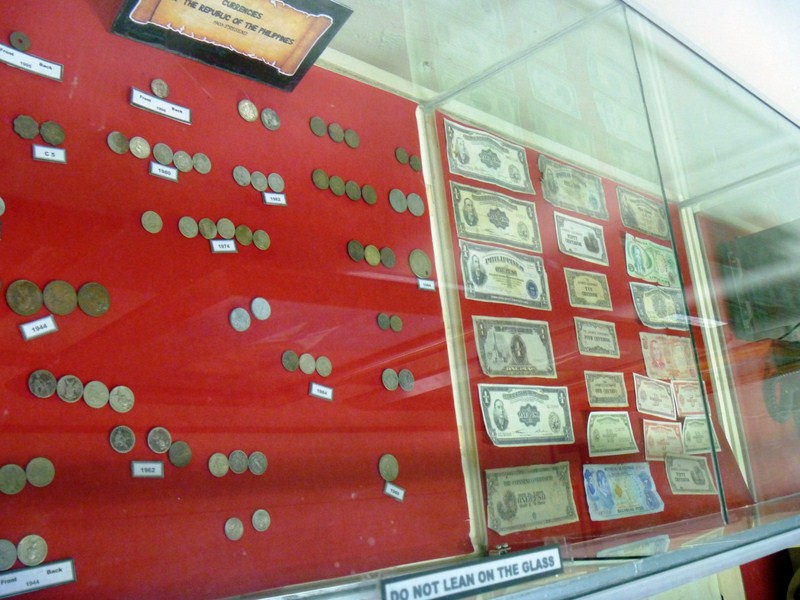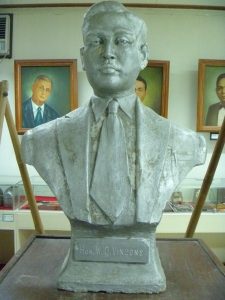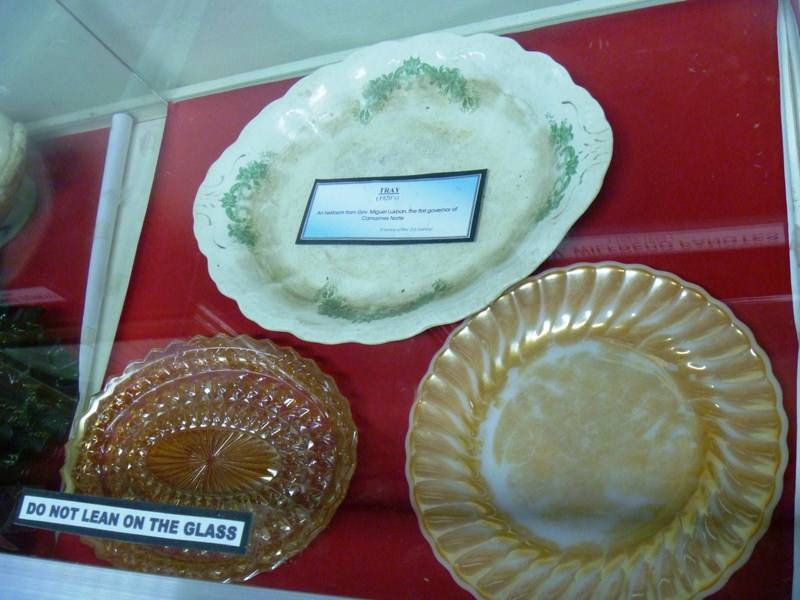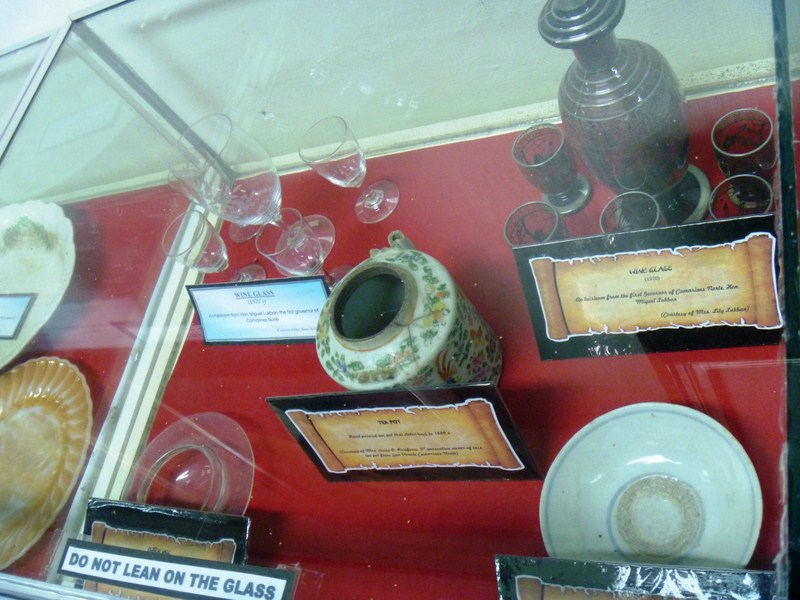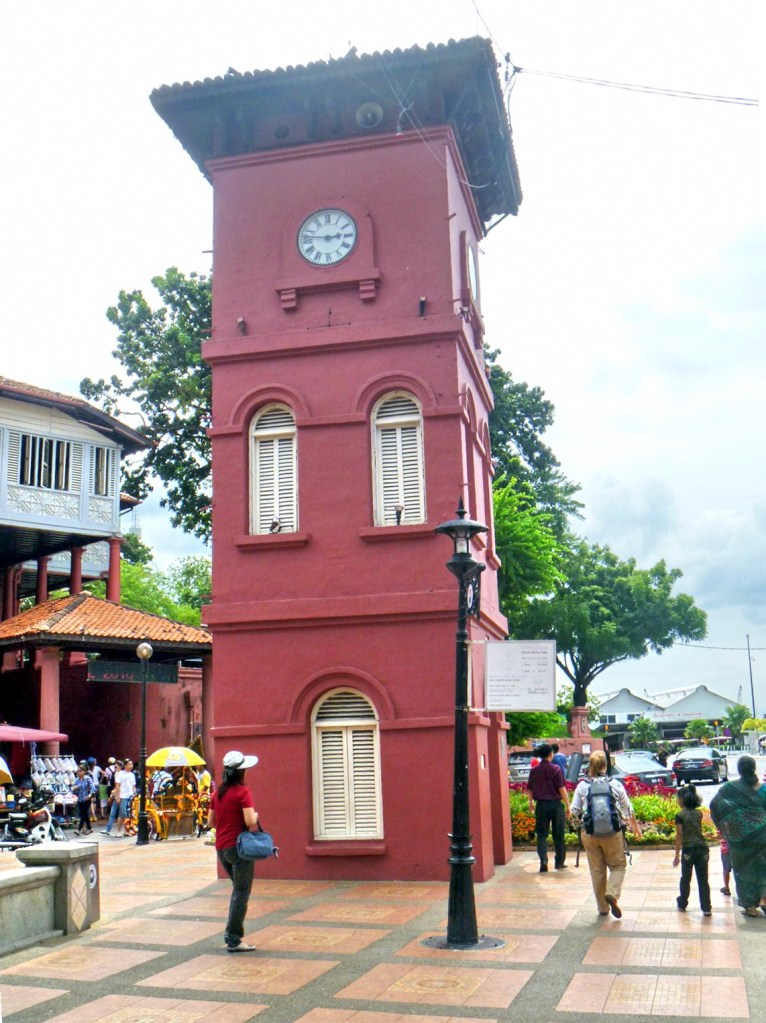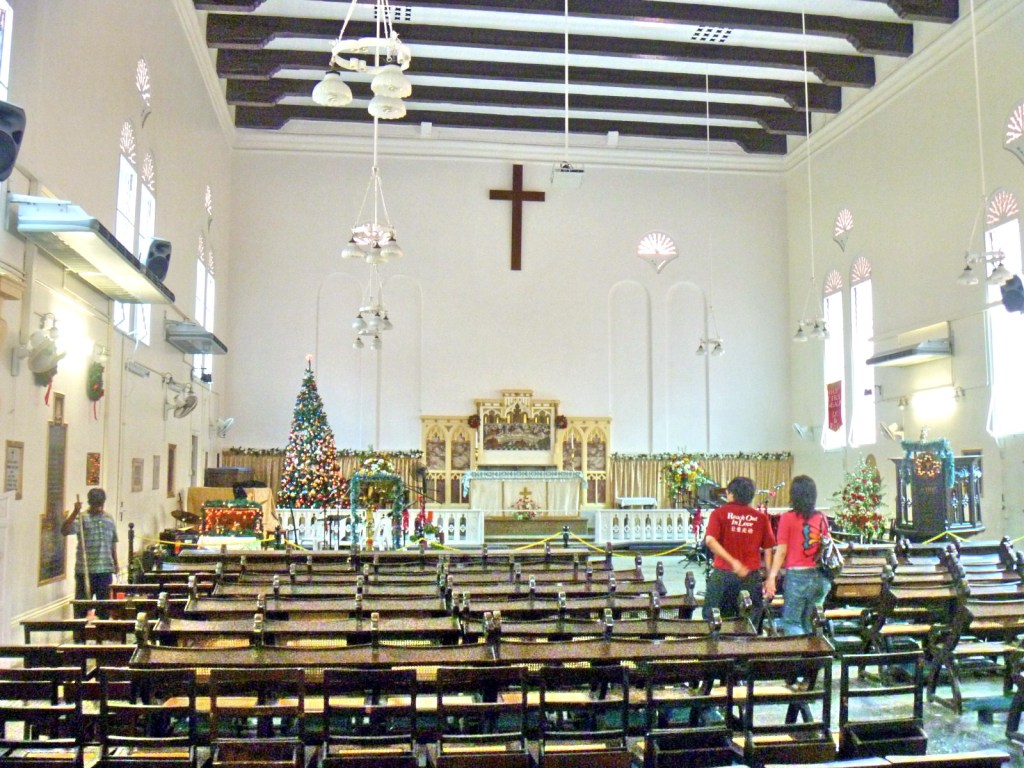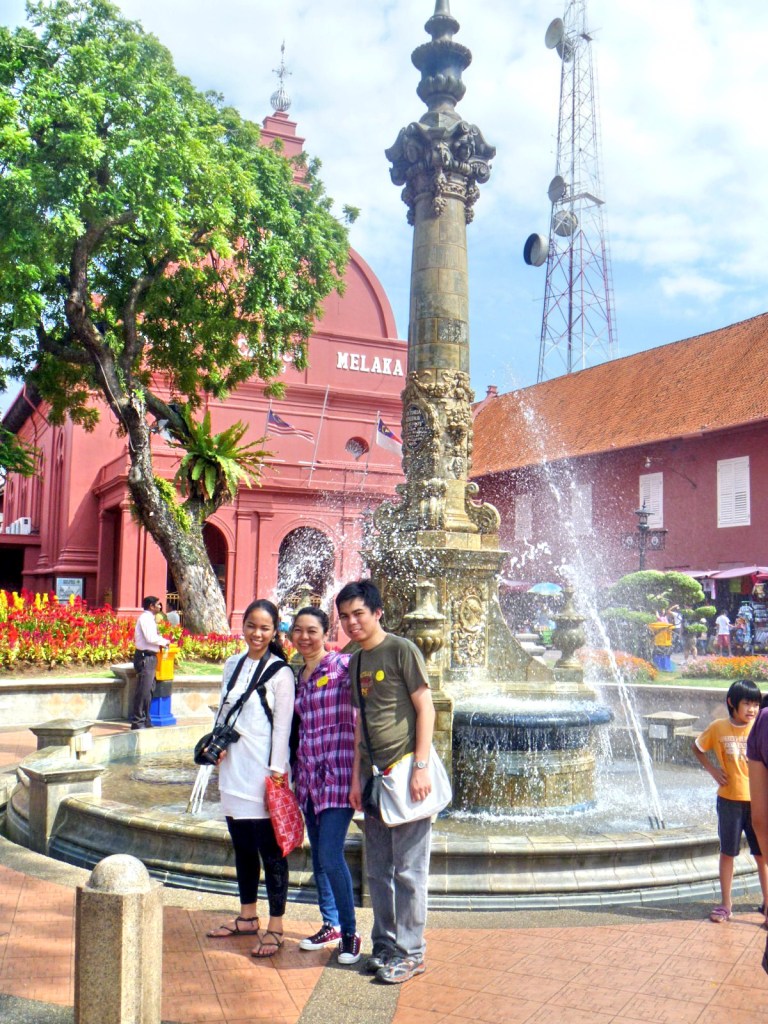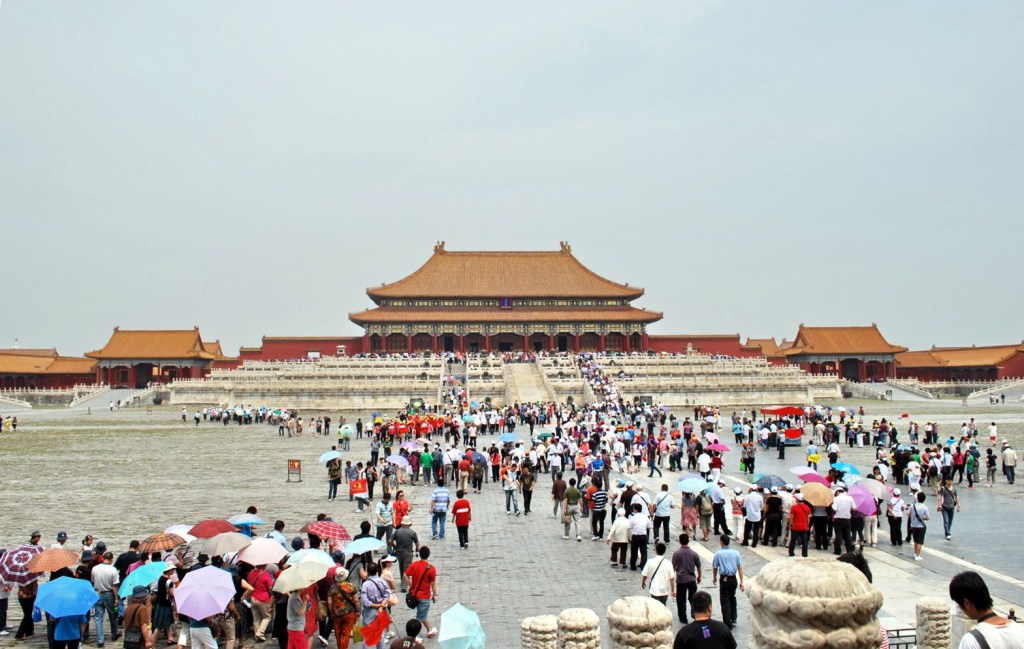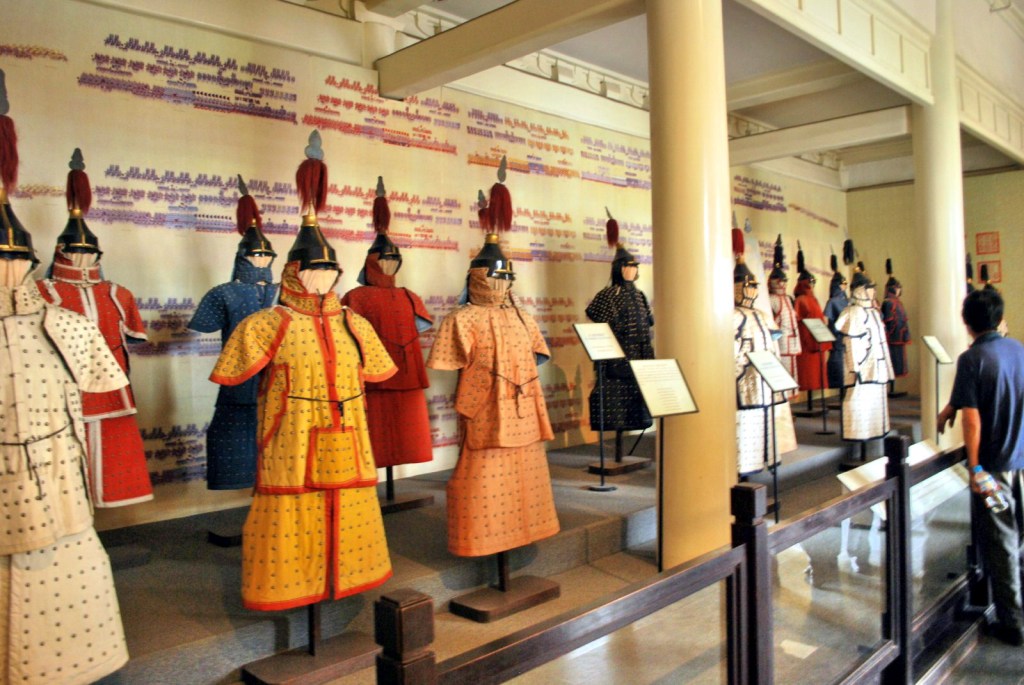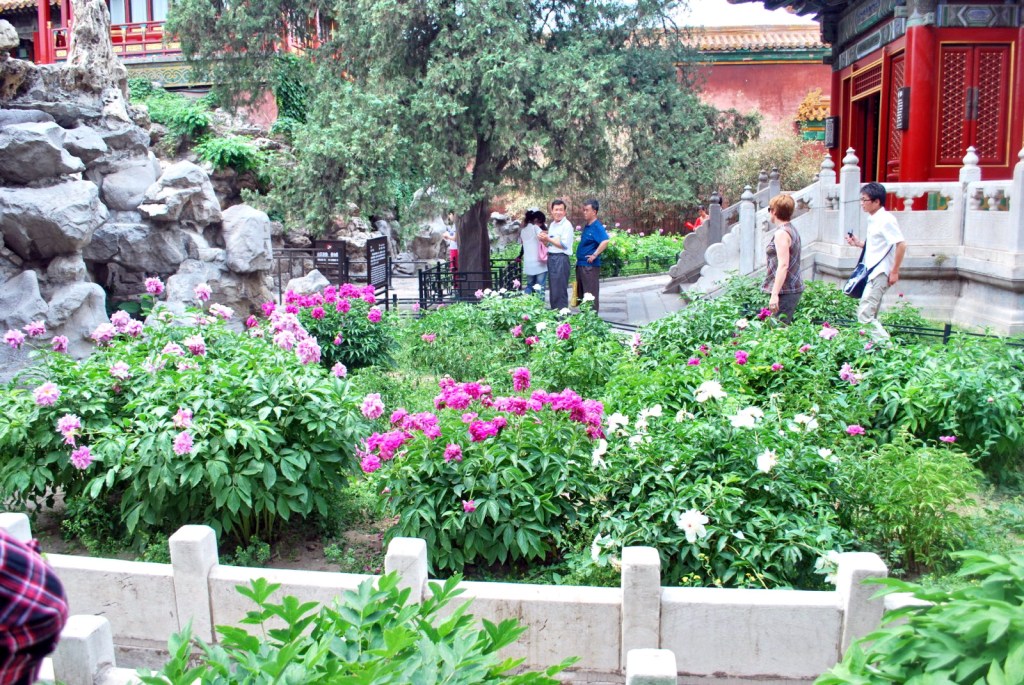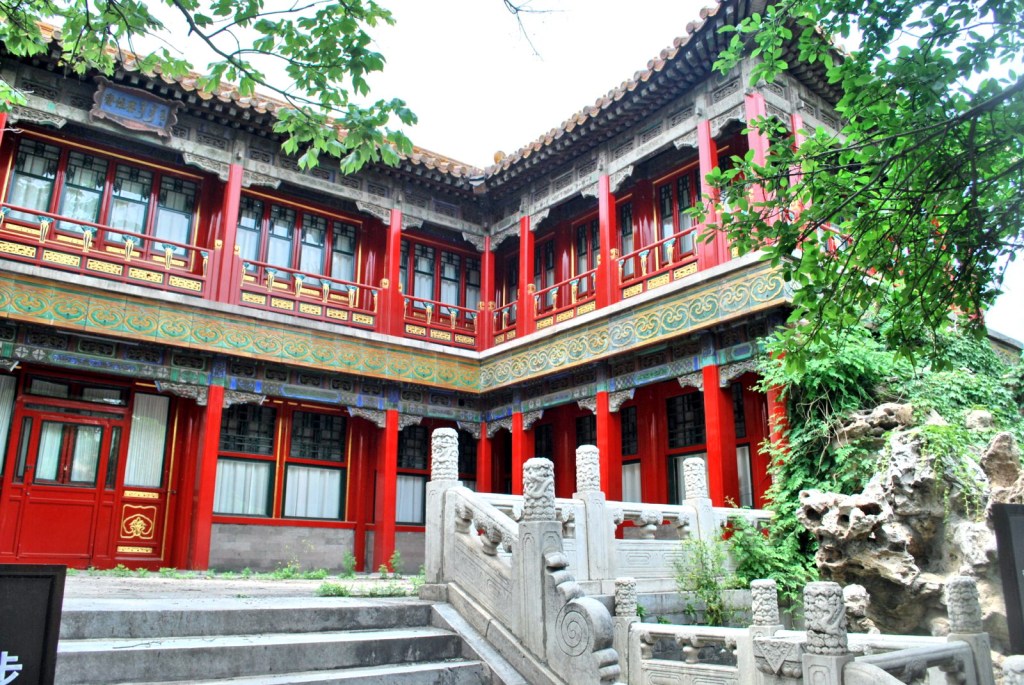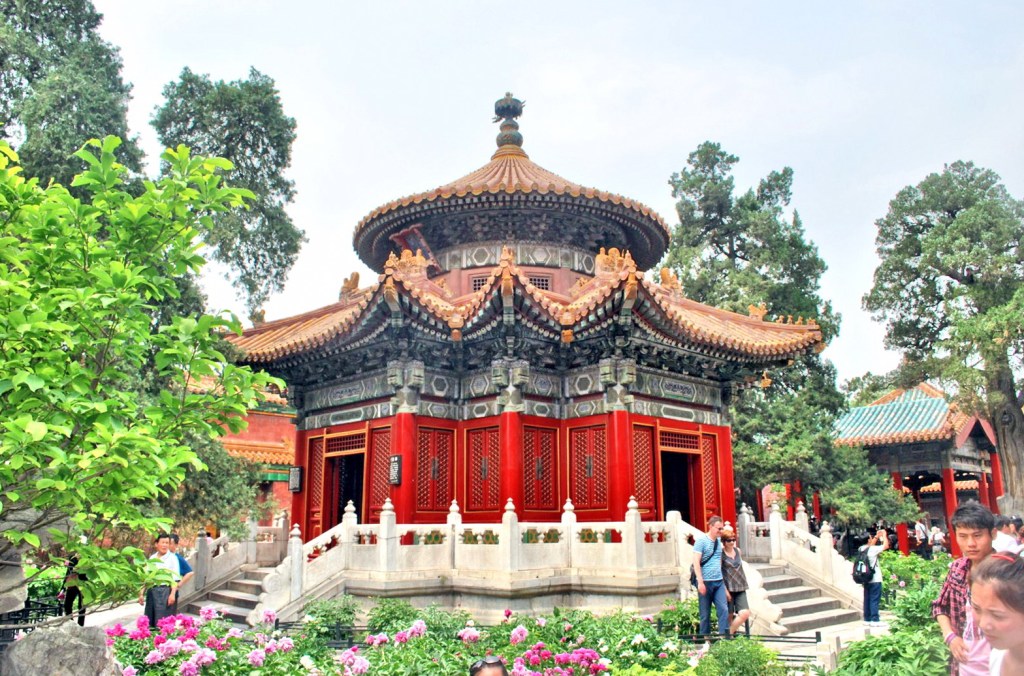 |
| Malacanang ti Amianan |
After our short stopover at Paoay Lake in Paoay, we now proceeded to the two-storey Malacanang ti Amianan (Malacañang of the North), one of the 29 former vacation houses of the Marcoses. This was to be our last Lakbay Norte 2 tourist destination. Located uphill, on the first road past the Maharlika Hall of Fort Ilocandia Resort Lake Golf and Country Club, this hardwood mansion was built in 1977 by former First Lady Imelda Marcos, along the edge of Paoay Lake, to commemorate the 60th birthday of the late Pres. Ferdinand E. Marcos and as a vacation home and cabinet meeting place.
 |
| The baby grand piano beside the grand staircase |
After the Marcoses lost power in 1986, the property was sequestered and the Philippine Tourism Authority was given custodianship of the property for 24 years but had neglected its upkeep. When Imee Marcos became governor of Ilocos Norte in 2010, she had the house restored at a cost of PhP7 million and inaugurated it again on January 1, 2011. During the restoration, all the wooden furniture sets and fixtures were reupholstered or repaired. Now a museum and a venue for grand weddings, private functions and corporate and theme events, it has a photo gallery of the late president and displays some of the personal belongings of the Marcoses, life-size Ferdinand Marcos mannequins and Congresswoman Imelda’s Cora Jacob arm candy and other clutches.
| Life-size Ferdinand Marcos mannequins |
The museum was supposed to be closed during our visit, it being a Monday, but our media group was given special permission to visit by the provincial government. Ms. Letty Buduan, who served the Marcoses for over three decades, and seven others keep the museum spic and span. The narra floors were so shiny and the furniture dust-free. In the past, visitors here included George Hamilton, Nora Aunor, Gabby Concepcion, among others. Nowadays, bus loads of school children and guests frequent this museum which offers a breathtaking and panoramic view of Paoay Lake, especially during sunset.
| Formal dining area |
This huge, 1,900 sq. m. mansion, on a roughly 4 hectare lot, has nine luxurious bedrooms, two living rooms, two formal dining areas, two kitchens and two verandahs. Imelda Marcos’ bedroom, the largest of the nine, displays some of her handbags. Imee and Irene shared a bedroom while Bongbong’s and the late president’s master bedroom were both located at the ground floor. They all slept in canopied beds. A baby grand piano is located by the staircase.
| The verandah with its panoramic view of Paoay Lake |
After our Malacanang ti Amianan Museum visit, we all boarded our bus as we headed back to Laoag City for our 9:30 PM return flight back to Manila. But first, we had dinner at Texicano Hotel and there, said goodbye to our gracious hosts, the Ilocos Norte Convention and Visitors Bureau.
Malacanang ti Amianan: Brgy. Suba, Paoay, Ilocos Norte. Open Tuesdays to Sundays, 9 AM-11:30 PM. Admission fee: PhP30 for adults and PhP10 for children.
Ilocos Norte Convention and Visitors Bureau: Room 2, Balay da Blas, 10 Giron St., Brgy. 7-B, Laoag City, Ilocos Norte. Mobile number: (0920) 269-1544. E-mail: stevebarreiro@yahoo.com. Website: http://northphilippines.org/destinations/ilocos-norte.





.jpg)
.jpg)
.jpg)
